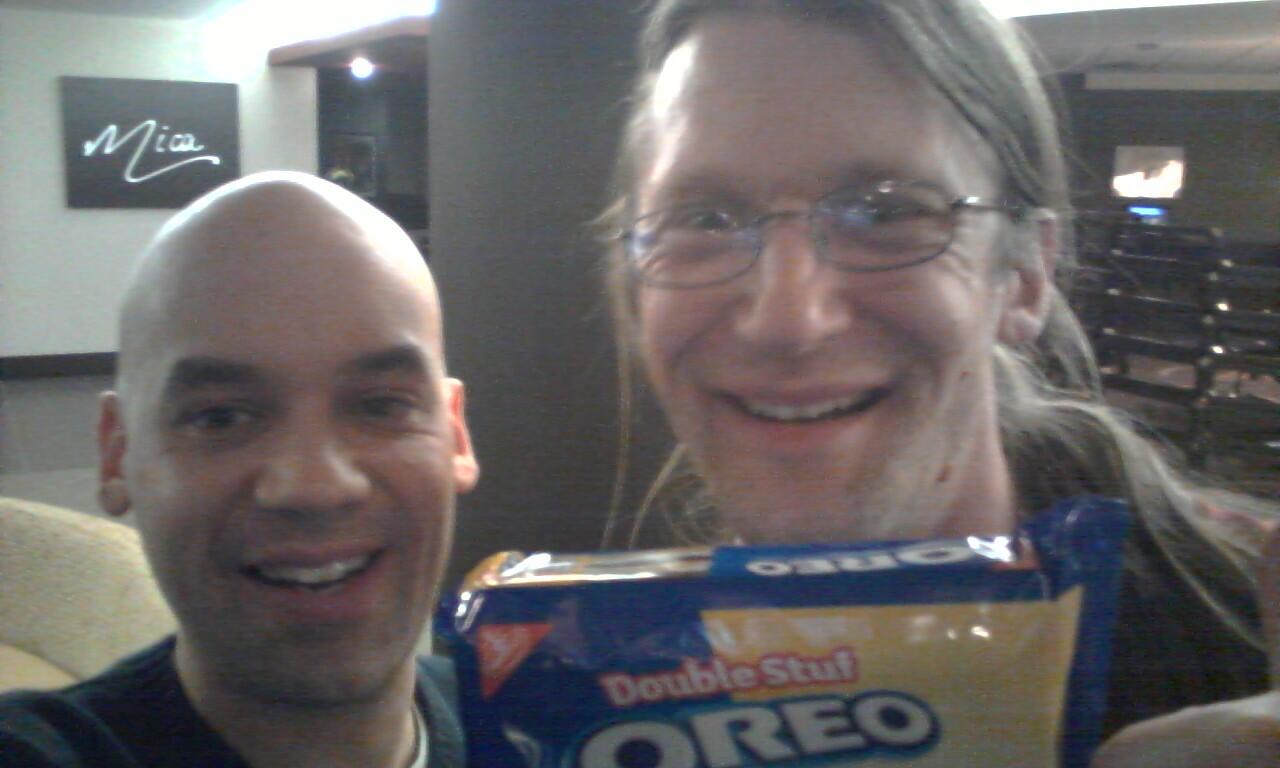Amazing question on Twitter yesterday.
The reason this particular question came my way is that I’m working on the next book, which will be about patterns and have the same spirit as Which One Doesn’t Belong? and How Many?
In the coming weeks, I’ll work out some of the relevant ideas in this space. I invite you to play along in the comments, on Twitter, and by using anything I share here and reporting back (If you’d rather keep your ideas, critiques and wonderings private, hit me up on the Ab0ut/Contact page).
First up, I need to share a bit of research.
Young children are able to succeed on a more sophisticated pattern activity than they are frequently encouraged to do at home or at school.
This is an important conclusion of some recent research [paywall], and it matches the kinds of findings that are common when researchers look seriously at the mathematical minds of young children.
Here’s what that claim means. There are two types of tasks that young children frequently encounter when working on patterns:
- Make my pattern
- Extend my pattern
The researchers argue that you can successfully complete these tasks without actually engaging in any kind of mathematical thinking.
Make My pattern
If you put down a pattern of alternating red and blue tiles, then ask me to make your pattern using red and blue tiles, I don’t have to notice or analyze that pattern; I just have to place a red tile next to each red one, and a blue tile next to each blue one.
Extend my pattern
Similarly, I get into the rhythm of “blue, red, blue, red” and continue the pattern without ever explicitly dealing with the repetition of “blue red” as a distinguishing feature of the pattern.
That’s the less sophisticated patterning work that children encounter at home and school. So what are the more sophisticated tasks they can be successful with?
- Make my pattern in a new medium
- Make the smallest possible version of my pattern
Make my pattern in a new medium
I make a red-blue pattern just as before, but I give you things other than red and blue tiles. I ask you to make a pattern like mine. Maybe they are different colored tiles; maybe they are also entirely different objects. Either way, you cannot just match my pattern; you have to notice the structure of the pattern and reproduce that structure with new materials.
Make the smallest possible version of my pattern
I make a tower of red and blue cubes, and I ask you to make the shortest tower you can that still has my pattern. This task also forces you to notice the structure of the pattern rather than simply matching the original.
Before I read this research article a year ago, the book’s working title was What Comes Next? and I was struggling a bit to make this question have multiple correct and meaningful answers. The current working title is What Repeats? and I’m having quite a bit of success generating conversations with images such as the following.
What patterns do you see in each image? What repeats, and how?
(A careful reader may notice that I never answered the original question. That’s because I’m still thinking about it.)











